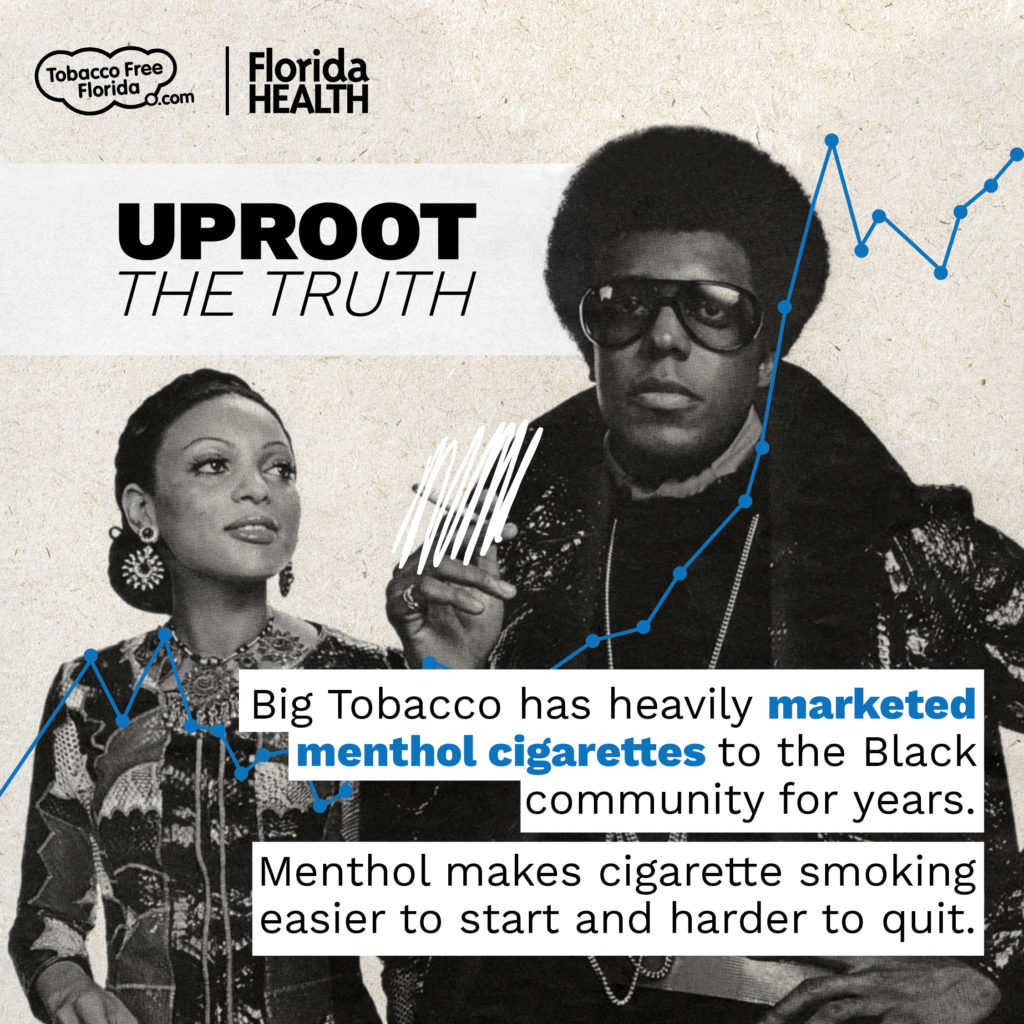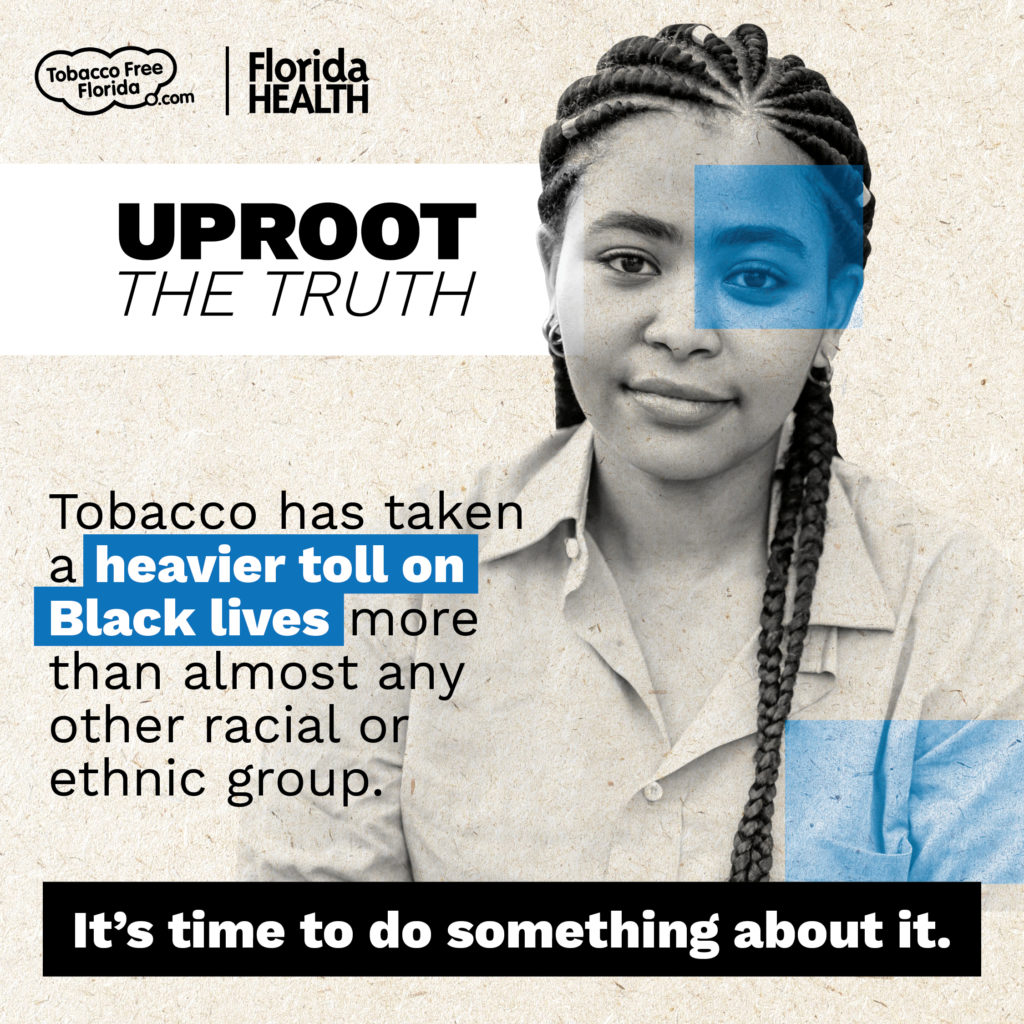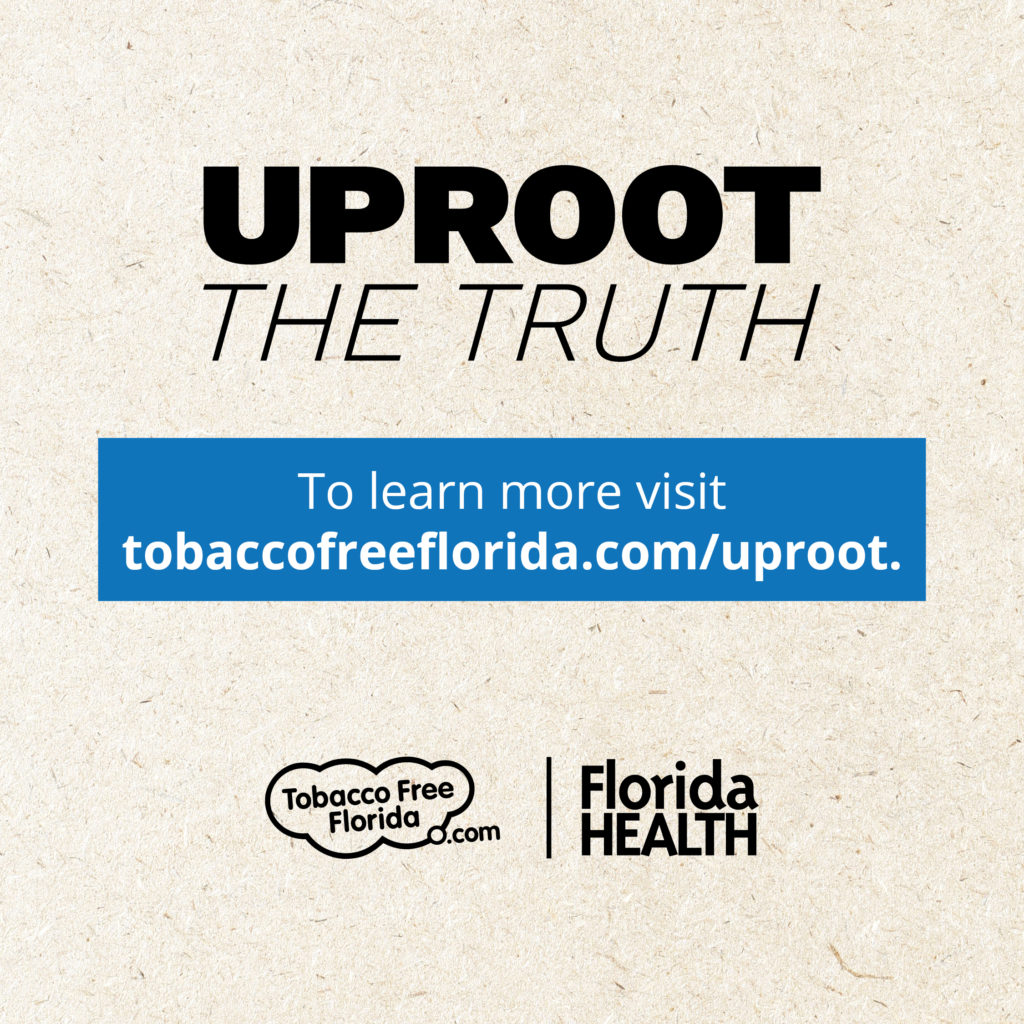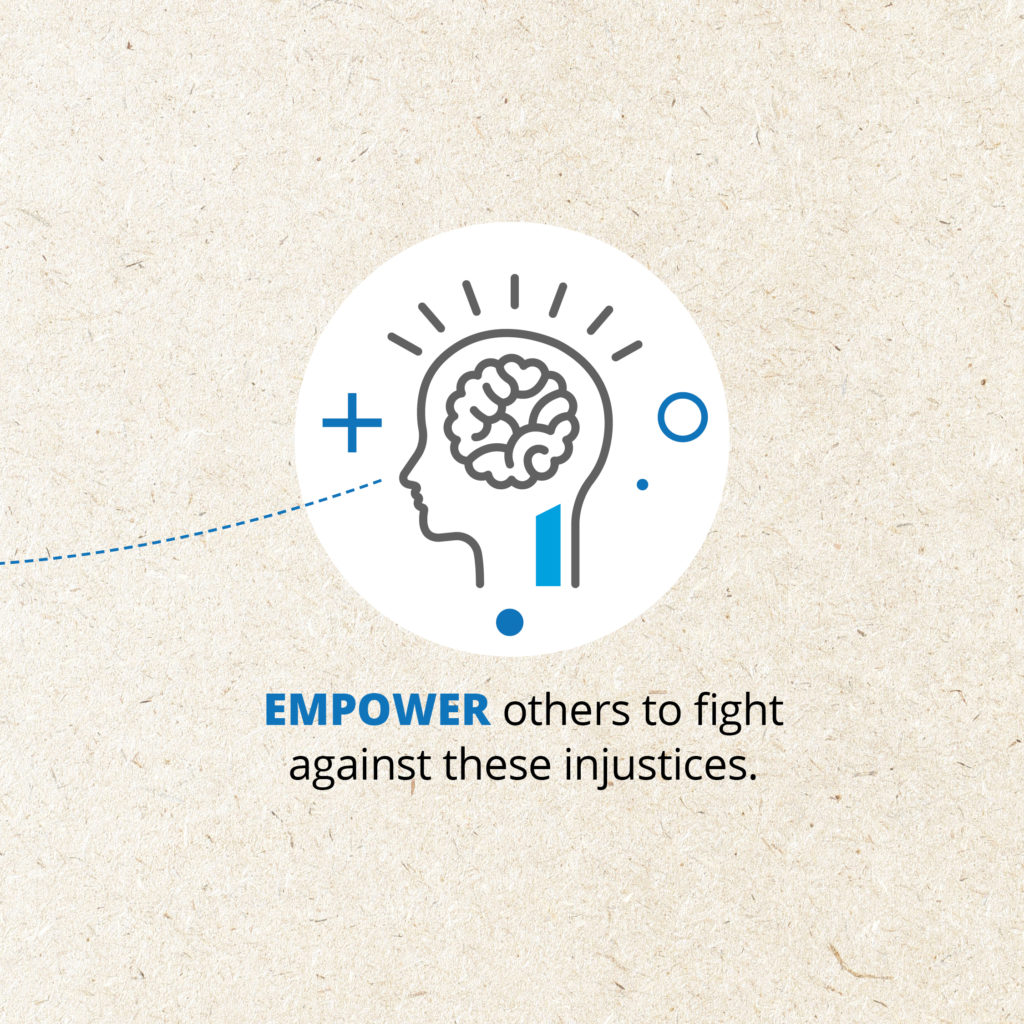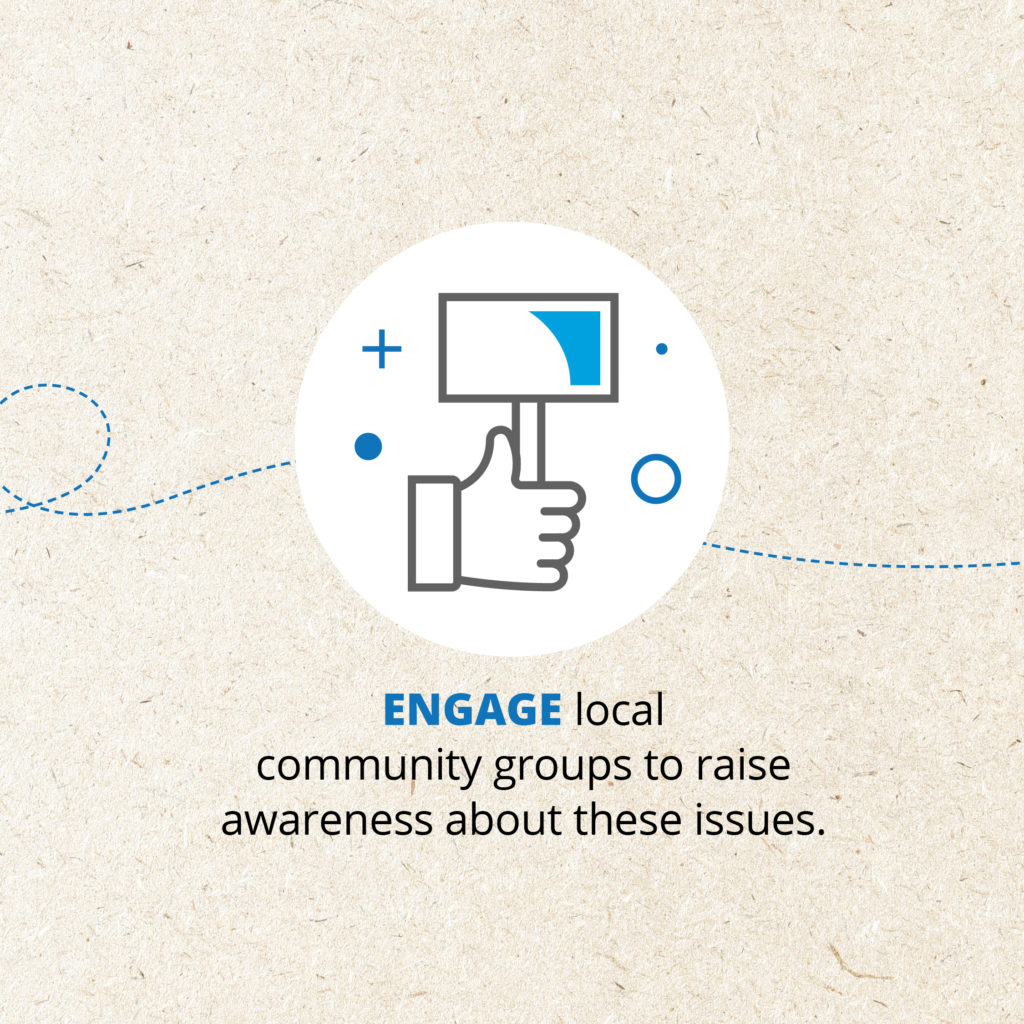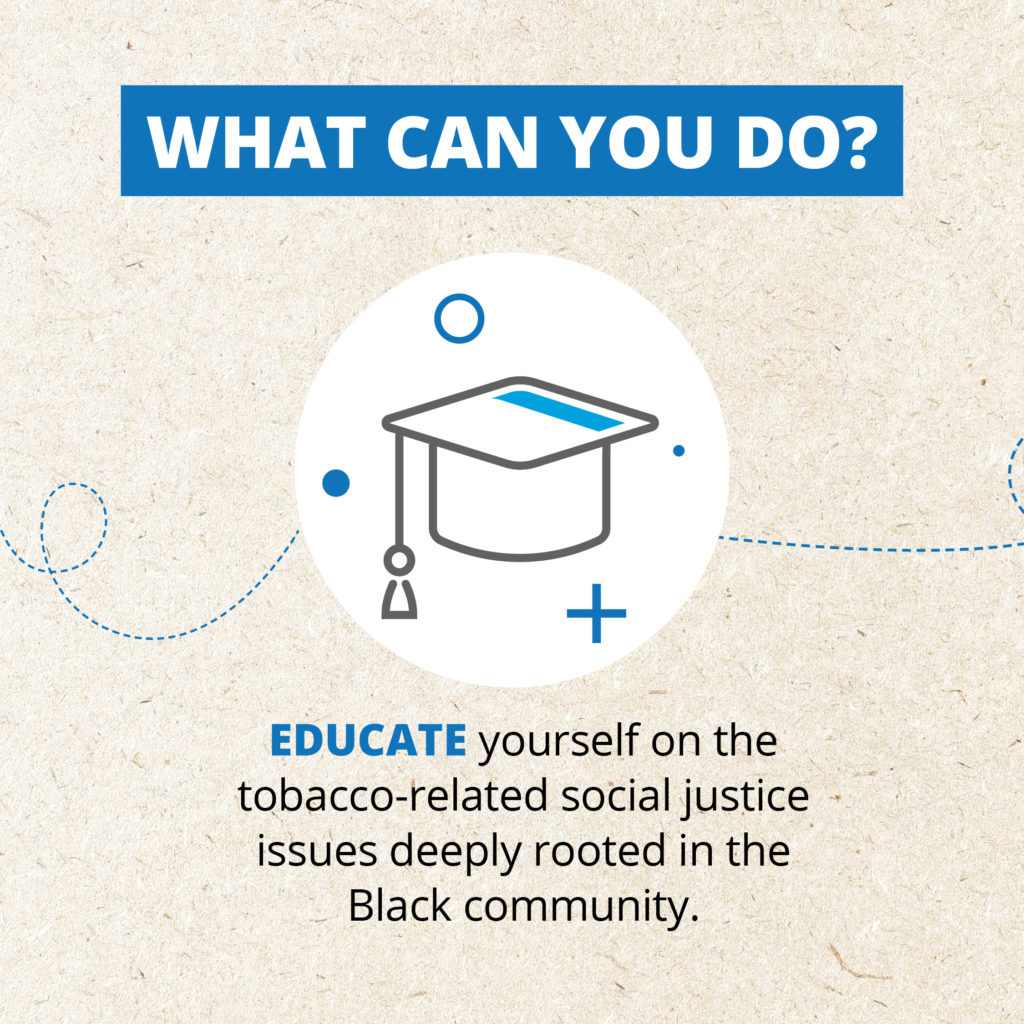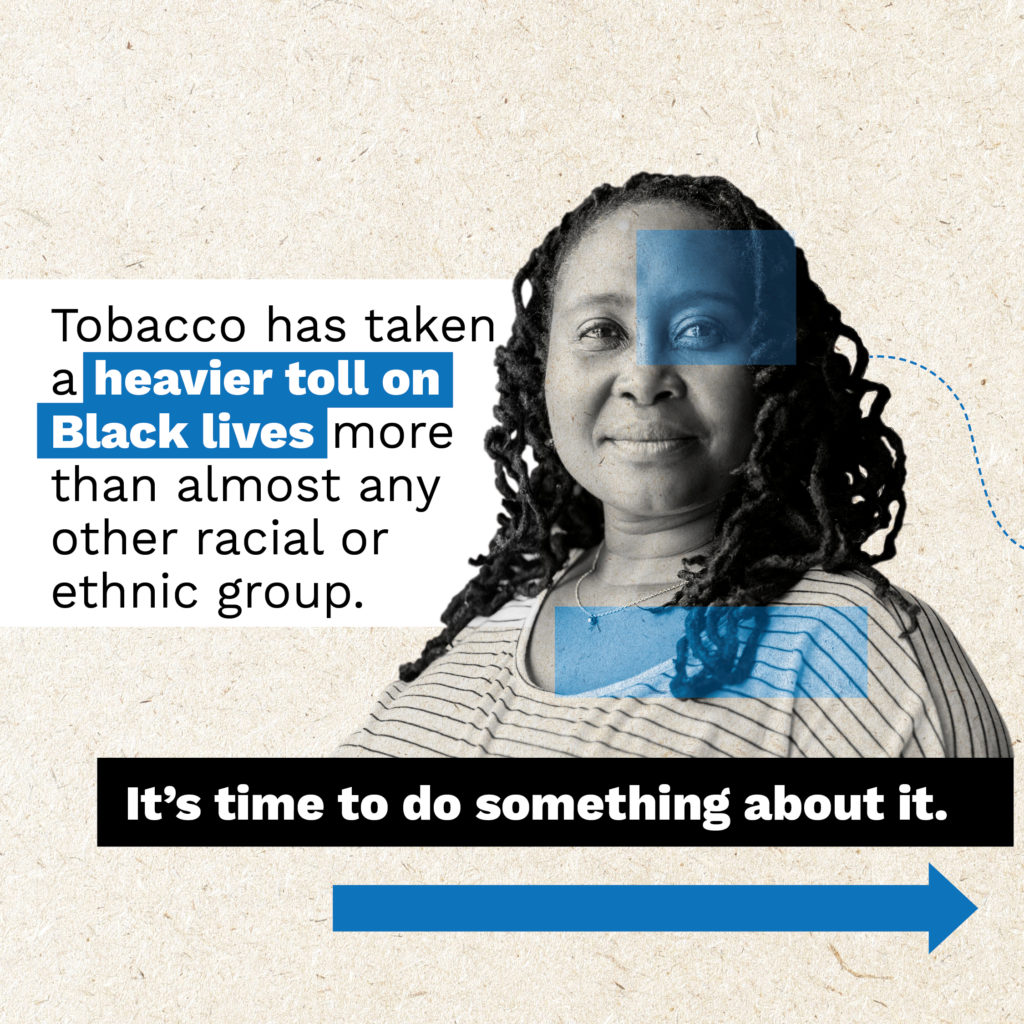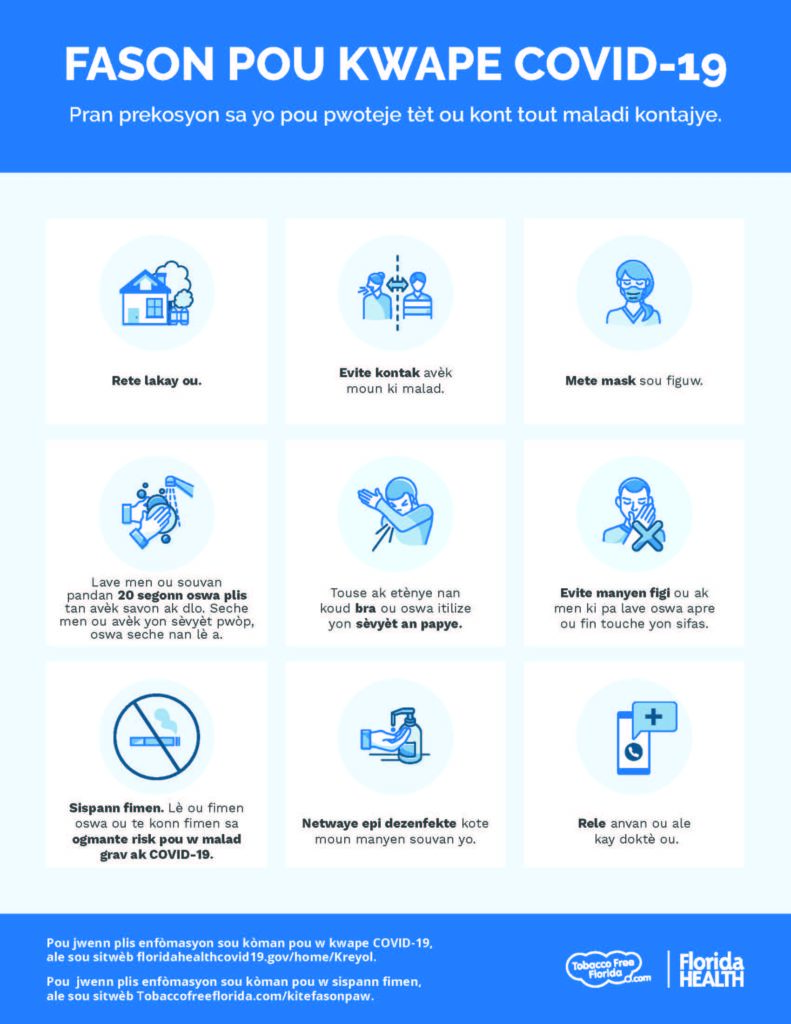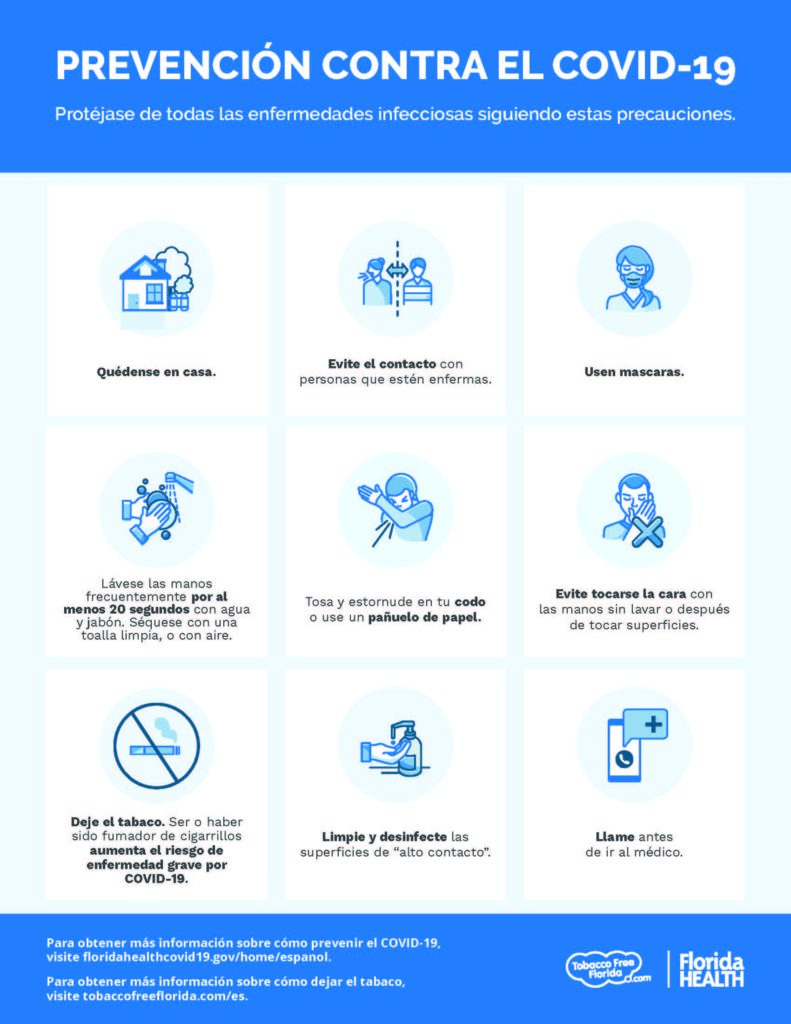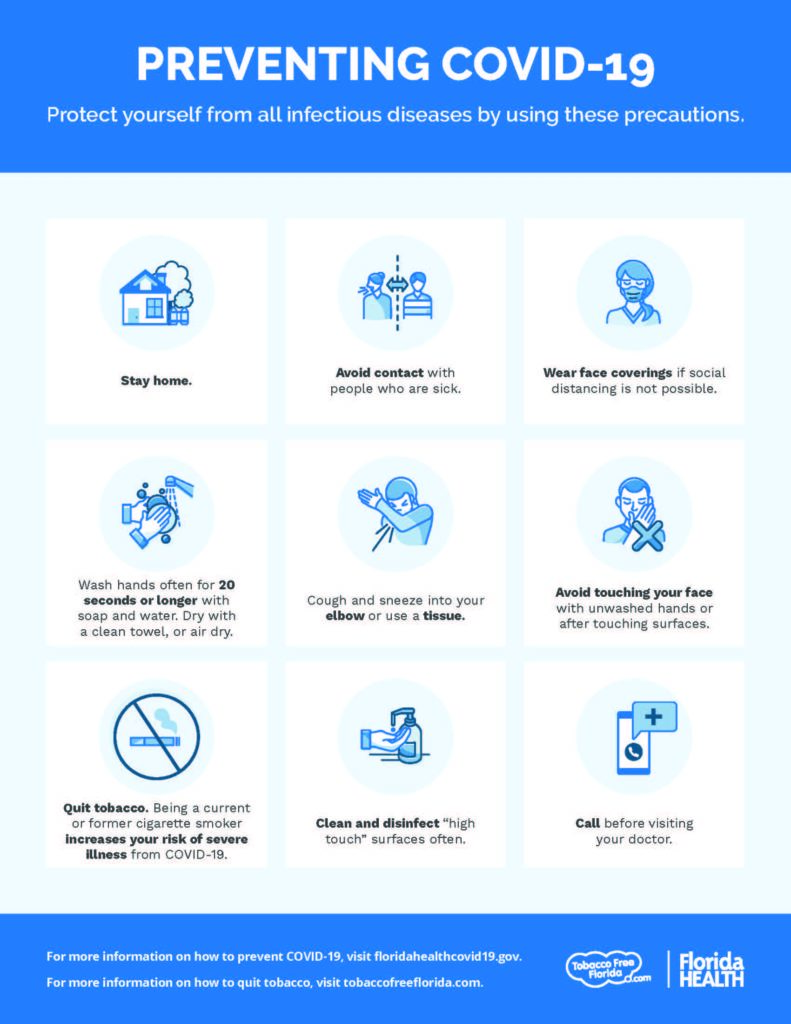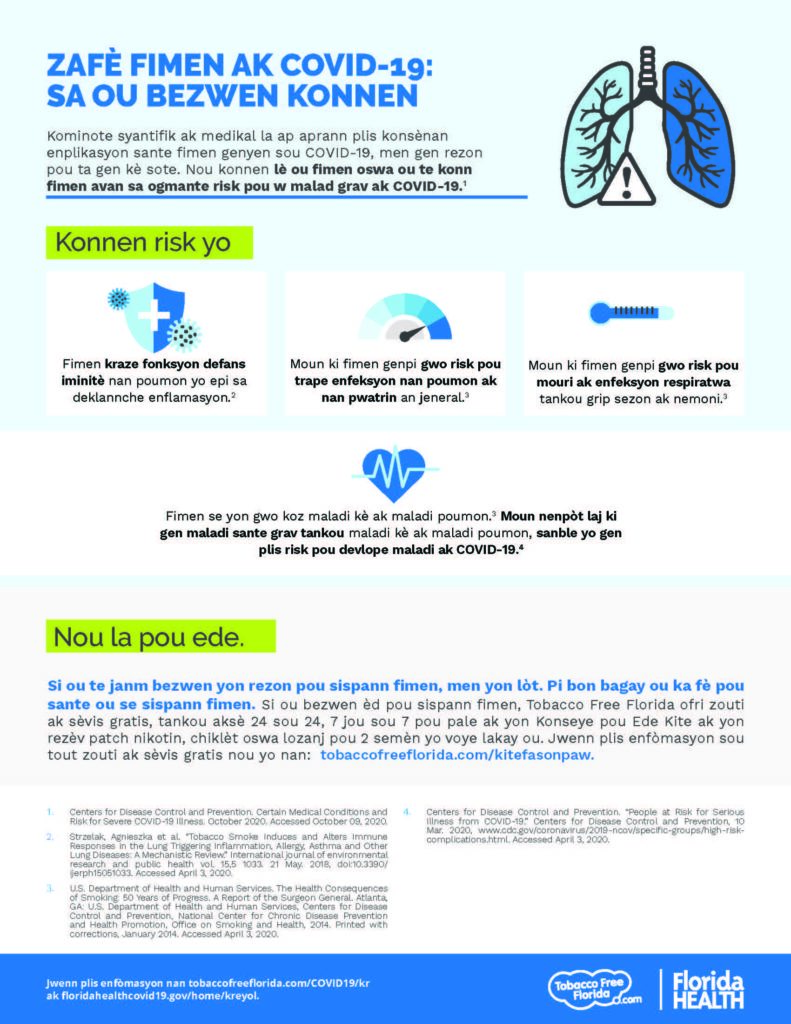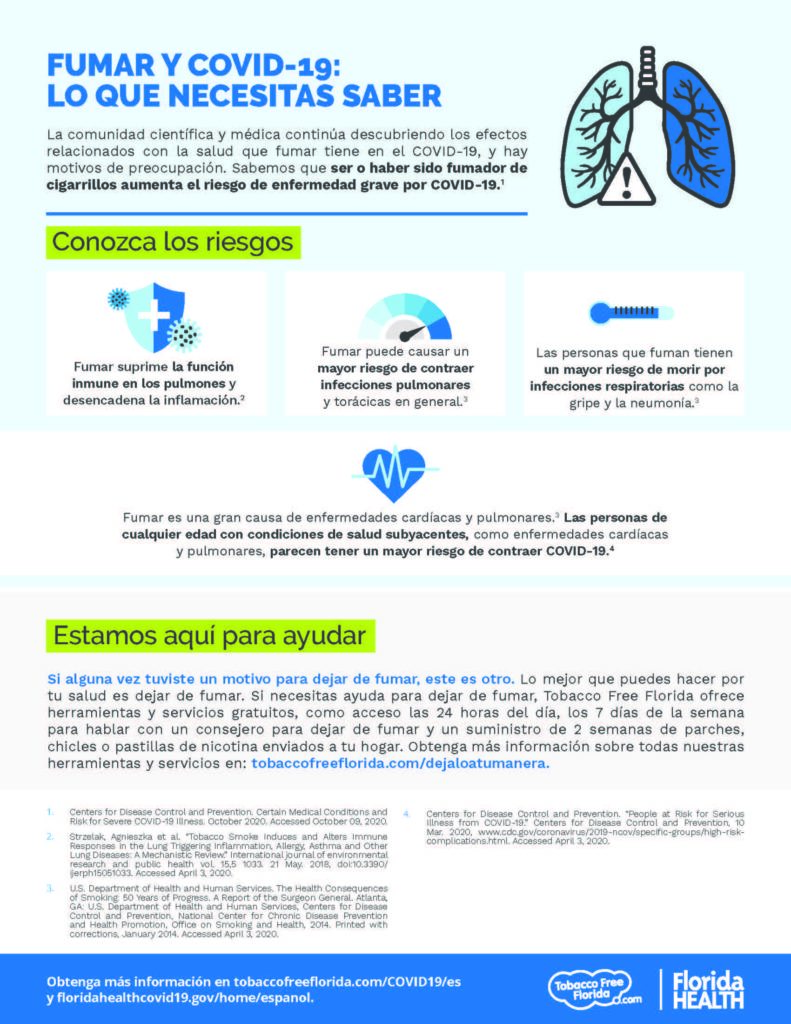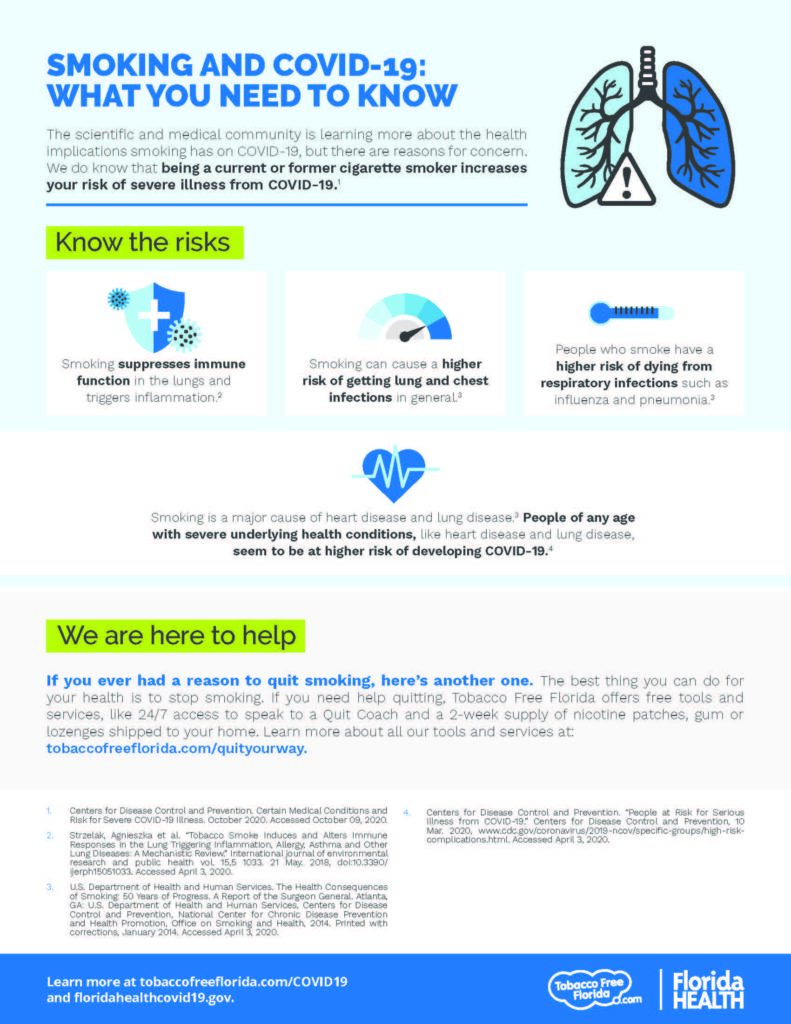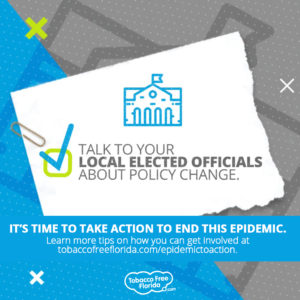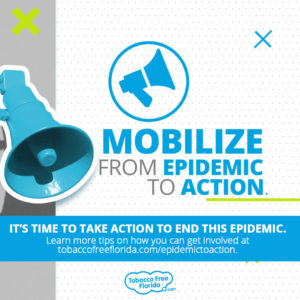In November 2006, Florida voters overwhelmingly approved a state constitutional amendment, Article X, Section 27, that called for establishing a comprehensive tobacco education and use prevention program using a percentage of the state’s tobacco settlement fund. As a result, Tobacco Free Florida (TFF) launched in 2007. TFF is administered through the Florida Department of Health’s Bureau of Tobacco Free Florida and funded by money derived from the state’s tobacco settlement agreement with the major tobacco companies in 1997. These tobacco lawsuits were intended to punish cigarette makers for decades of fraud and racketeering, and to help states pay for Medicaid and other public health expenses to cover sick smokers. Florida was among three other states – Texas, Mississippi and Minnesota – that reached a settlement with the tobacco industry before the Master Settlement Agreement of 1998 between the other 46 states, Washington, D.C., Puerto Rico and the Virgin Islands.
Guiding Principles
A mandate of the constitutional amendment is that the TFF program follows the Centers for Disease Control and Prevention (CDC) Best Practices for Comprehensive Tobacco Control Programs. This guide helps states plan and establish evidence-based comprehensive, sustained, and accountable tobacco control programs that prevent and reduce tobacco use. Following these principles, TFF reaches millions of Floridians through hard-hitting media campaigns, public relations, social media, evidence-based tobacco cessation services, grassroots initiatives, county-level grants that advance tobacco-free policies, a youth-led movement called Students Working Against Tobacco (SWAT), a youth prevention campaign, THE FACTS NOW, school-based interventions, and surveillance and evaluation to ensure effectiveness.


Results
Comprehensive tobacco control programs like TFF work. The program has resulted in a significant decrease in smoking rates among both adults and teens in the state, leading to billions of dollars and countless lives saved.
- Tobacco Free Florida has helped reduce tobacco use throughout the state. In 2006, the Florida adult smoking rate was 21%. In 2019, the most recent data available, it stands at 14.8%. 1
- Since its establishment, Tobacco Free Florida’s free services have helped more than 234,000 Floridians quit.
- Since 2007, the youth (ages 11-17) cigarette smoking rate has been cut by more than 75%: from 10.6% in 2006 to 2.2% in 2018. 2, 3
- The reduction in Florida adult smoking rates from 2007 to 2015 resulted in approximately $17.7 billion in savings in smoking-related health care costs across the state. 4
The Fight Against Tobacco
Florida’s leading cause of preventable disease and death is smoking. 5 Changing behaviors related to tobacco is critical in Florida, where about 2.7 million adults still smoke. 6 If current smoking rates continue, 270,000 Florida children alive today who are younger than 18 years of age will die prematurely as a result of smoking. 7
Since TFF’s hard-hitting advertising launched, quit attempts across the state have increased and the campaign has been linked to reducing relapses among those who quit. Exposure to the program’s messaging has also caused positive shifts in smokers’ attitudes towards quitting. 8
You can double your chances of quitting tobacco with the help of Tobacco Free Florida’s free tools and services. To learn more, click here.

1 Centers for Disease Control and Prevention, National Center for Chronic Disease Prevention and Health Promotion, Division of Population Health. BRFSS Prevalence & Trends Data [online]. 2015. [accessed Oct 09, 2020]. URL: https://www.cdc.gov/brfss/brfssprevalence/
2 Florida Youth Tobacco Survey (FYTS), Florida Department of Health, Bureau of Epidemiology, 2006.
3 Florida Youth Tobacco Survey (FYTS), Florida Department of Health, Bureau of Epidemiology, 2018.
4 Mann, Nathan M, Nonnemaker, James M., Thompson, Jesse. “Smoking-Attributable Health Care Costs in Florida and Potential Health Care Cost Savings Associated with Reductions in Adult Smoking Prevalence.” 2016.
5 U.S. Department of Health and Human Services. The Health Consequences of Smoking —50 Years of Progress: A Report of the Surgeon General. Atlanta, GA: U.S. Department of Health and Human Services, Centers for Disease Control and Prevention, National Center for Chronic Disease Prevention and Health Promotion, Office on Smoking and Health, 2014.
6 16,787,520 adults ages 18+ in Florida (2017 Census). 16.1% of 16,787,520 equals 2,702,791 Florida adults. Source: https://www.census.gov/quickfacts/fl
7 Penn State. “Potential Costs and benefits of Smoking Cessation for Florida..” 30 April 2010. Web. https://www.lung.org/stop-smoking/tobacco-control-advocacy/reports-resources/cessation-economic-benefits/reports/FL.pdf
8 Centers for Disease Control and Prevention. Best Practices for Comprehensive Tobacco Control Programs—2014. Atlanta: U.S. Department of Health and Human Services, Centers for Disease Control and Prevention, National Center for Chronic Disease Prevention and Health Promotion, Office on Smoking and Health, 2014.


